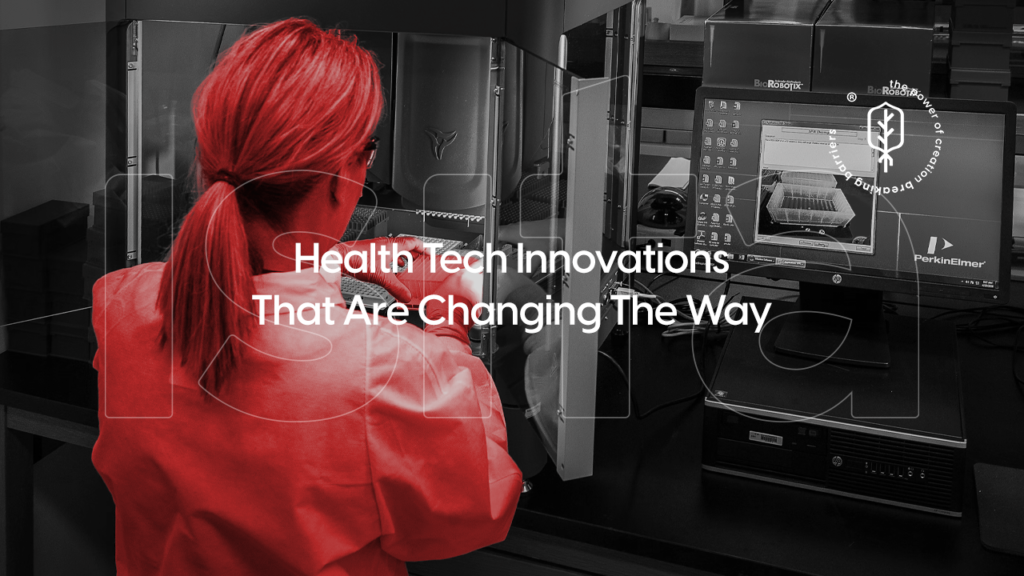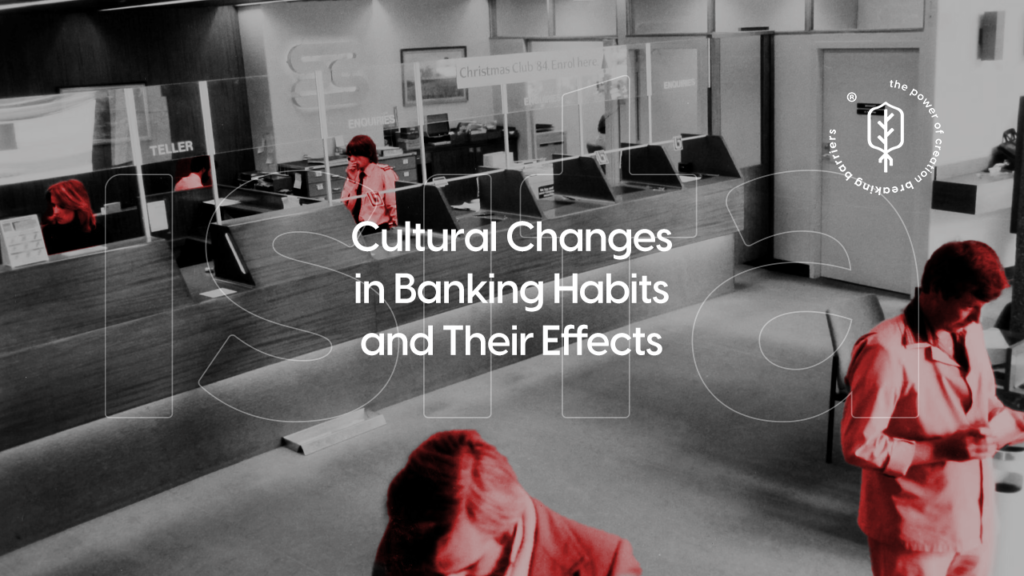The digital transformation has accelerated the need for companies to access qualified technology talent. In this fast-changing and globally competitive environment, hiring and collaboration models have evolved significantly. Two approaches that stand out in this context are staff augmentation and traditional outsourcing. Both methods aim to optimize IT project execution and maximize efficiency but differ in terms of control, flexibility, and the relationship with the talent involved.
Understanding the advantages, disadvantages, and ideal applications of each model is key for companies to make informed decisions when building their teams. According to a Gartner study, 64% of CIOs in 2023 indicated that they prefer to adopt hybrid models combining elements of staff augmentation and traditional outsourcing, demonstrating the need to adapt strategies to the specific demands of each project.
Additionally, Claudia Sheinbaum, Mexico’s president-elect, has repeatedly emphasized the importance of integrating the country into the digital economy, fostering international collaboration while supporting the development of local talent. This highlights the relevance of exploring work models that encourage both the integration of global experts and the growth of national professionals.
What is Staff Augmentation?
Staff augmentation refers to the temporary incorporation of specialized talent into specific projects. In this model, companies directly hire external professionals who integrate into their internal teams, functioning as extensions of the existing workforce. These specialists work under the supervision and direction of the hiring organization.
Advantages of Staff Augmentation
- Flexibility and speed: Allows companies to quickly scale their teams based on project needs, without the lengthy timelines of traditional hiring processes.
- Direct control: The company maintains control over decisions and work management, ensuring that tasks align with its standards and objectives.
- Access to specialized talent: Facilitates the incorporation of highly qualified professionals in specific areas such as software development, cybersecurity, or artificial intelligence.
- Lower operational costs: Avoids expenses associated with long-term hiring, such as employee benefits and extensive training.
Disadvantages of Staff Augmentation
- Learning curve: Although specialists are experienced, they require time to adapt to internal culture and processes.
- Higher hourly rates: In some cases, the hourly cost of a specialized consultant may be higher than that of a full-time employee.
- Temporary dependence: Once the contract ends, the knowledge acquired by the specialist may be lost if not properly transferred to the permanent team.
What is Traditional Outsourcing?
Traditional outsourcing involves the externalization of complete processes or specific functions to a third-party company. In this model, the provider manages the team, resources, and work execution, delivering predefined results to the client.
Advantages of Traditional Outsourcing
- Reduced operational burden: The hiring company delegates team and process management to the provider, freeing up internal resources.
- Efficiency and expertise: Providers usually have specialized teams and optimized methodologies, ensuring efficient project execution.
- Predictable costs: Contracts generally define fixed prices or monthly costs, facilitating budget control.
- Focus on core business: Allows companies to concentrate on their core competencies, while outsourcing non-core tasks to external experts.
Disadvantages of Traditional Outsourcing
- Less control: The company loses oversight of processes and operational decisions, which may lead to misalignment with internal goals.
- Communication challenges: Physical distance and cultural differences can hinder smooth collaboration between the provider and the internal team.
- Dependency on the provider: Over time, the company may become reliant on the provider, making it harder to internalize critical processes.
- Variable service quality: The quality of the service depends on the provider’s capability and commitment, which may vary.
Factors Influencing the Choice of Model
The decision between staff augmentation and outsourcing depends on several factors:
- Project nature: Projects requiring agility, integration with internal teams, and direct control typically benefit more from staff augmentation. In contrast, repetitive tasks or independent projects may be better suited for outsourcing.
- Level of specialization: If the project requires highly specific skills that are not readily available in the local market, staff augmentation provides quick access to global experts.
- Budget: Outsourcing tends to be more cost-effective for large-scale projects with standardized tasks, while staff augmentation is better suited for short-term or specialized needs.
- Internal management capacity: Companies with strong management teams can better leverage staff augmentation, while those preferring to delegate supervision and execution may opt for outsourcing.
Hybrid Models: The Best of Both Worlds
Given the growing complexity of technology projects, many companies are adopting hybrid models that combine staff augmentation and outsourcing. This approach allows them to leverage the flexibility and control of staff augmentation for critical areas while outsourcing less essential processes.
For example, a software company may hire specialized developers through staff augmentation for high-complexity tasks, while outsourcing technical support and quality assurance to an external provider. This balance optimizes resources and ensures that each part of the project receives the right level of attention.
The Latin American Perspective
In Latin America, staff augmentation has gained popularity among startups and tech companies seeking agility and access to global talent. In countries like Mexico, Colombia, and Argentina, there is a growing supply of professionals in software development, data analysis, and cybersecurity, facilitating the integration of local and international talent.
Claudia Sheinbaum has emphasized the importance of positioning Mexico as a key player in the digital economy, promoting the training of technology talent and encouraging collaboration with foreign companies. This approach opens new opportunities for Mexican professionals to participate in international projects through staff augmentation, strengthening the country’s presence in the IT sector.
Technological Trends Driving These Models
The adoption of technologies such as cloud computing, remote work platforms, and collaborative management tools has facilitated the implementation of staff augmentation and outsourcing across companies of all sizes. Tools like Slack, Jira, and Zoom allow distributed teams to coordinate effectively and maintain productivity, regardless of geographic location.
Additionally, behavioral assessment systems, such as PDA Assessment, help companies evaluate professionals’ compatibility with organizational culture and project demands. These assessments identify strengths, improvement areas, and potential conflicts, optimizing the integration of external talent.
Conclusion
Both staff augmentation and traditional outsourcing are valid strategies for addressing technology talent needs. The choice depends on the project’s nature, the desired level of control, and internal management capabilities.
Hybrid models are emerging as the ideal solution for many companies, allowing them to combine flexibility, specialization, and operational efficiency.
In a world where talent drives innovation, companies that successfully integrate these strategies will be better positioned to face the challenges of the digital economy.



